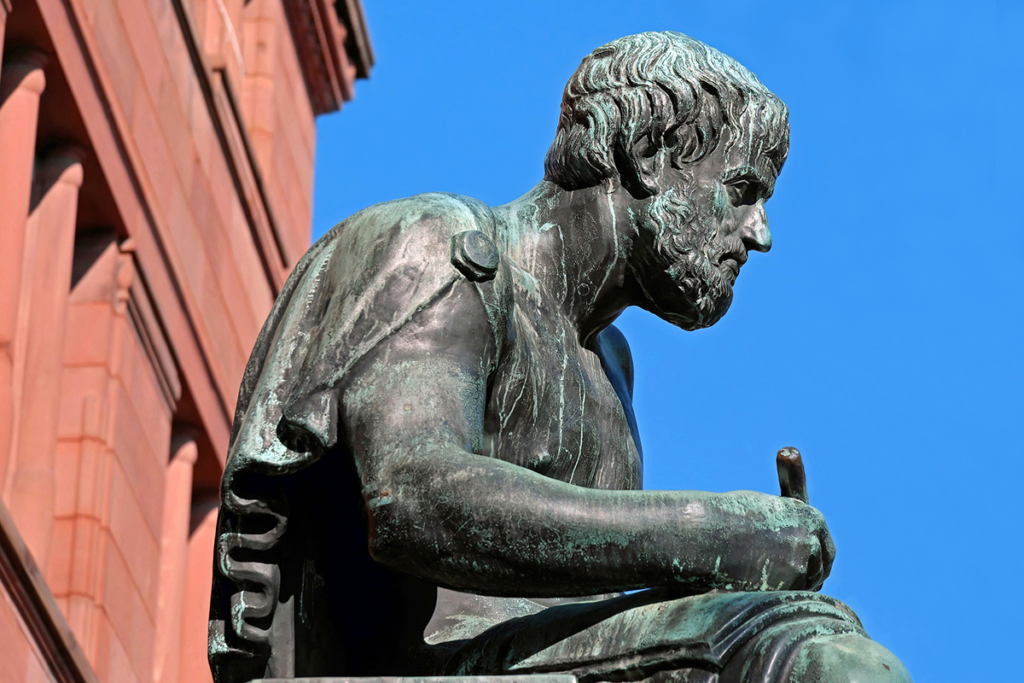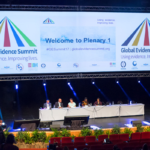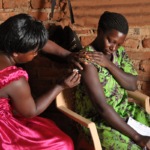Recently I wrote a post about the Global Evidence Summit, which I attended in September. I commented that one thing I really liked about the conference is that it had some great plenary sessions. In this post, I highlight some of the key ideas that came from the fourth plenary of the conference, titled “Evidence in a Post-Truth World.”
Greenhalgh presented some insights from several other philosophers that help us to understand what is happening in our post-truth world. Ulrich Beck and Anthony Giddens argued that globalization, with its accompanying uncertainty, leads to a risk society. People who have difficulty handling risk look for grand narratives. But as Jean François Lyotard argued, the post-modern world is characterized by the collapse of grand narratives. I found this depiction, where complexity simultaneously increases the desire for grand narratives and breaks them down, to be very compelling in relation to many of the challenges we face today.
The next speaker in this plenary was Anim van Wyk, the Editor of Africa Check. She started her speech by explaining that a fact checker “is a journalist who can ruin a dinner party in ten minutes.” In her speech, she explained what Africa Check does and how they are organized and funded. One aspect of their work that was particularly interesting to me, as someone involved in debates about internal replication of empirical research, is how they rate the claims that they check. Their ratings include: correct, mostly correct, unproven, misleading, understated, and incorrect. Even in the truth world of a fact checker, there is very little that is simply true or false.
The final speaker was Caroline Weinberg, who was the national Co-Chair for the March for Science. It was very interesting to hear the story of how the march came about and some of the challenges the organizers faced and overcame. She also had some great pictures. But her main messages, that the evidence does not speak for itself and that the last stop for science should be public engagement, and not just dissemination, felt a bit like preaching to the choir in a room full of people who spent the whole week talking about the evidence ecosystem. But perhaps not entirely, as even those who understand that evidence needs to be synthesized do not always understand that their work does not end with publishing the systematic review.
The main takeaway from the full plenary session was the combination of Weinberg’s reminder that the work of scientists (and social scientists) needs to extend to public engagement and Greenhalgh’s point that public engagement needs to be at least as much about listening to the public as talking to them. The icing on the cake was that the panel, including the chair, was all female.
After I wrote this post, I saw this great post by Heidi Gardner, which is also on the post-truth world plenary session. Gardner’s “fan girl” comment rings true for me as well. Her post has several pictures from Weinberg’s presentation – worth a look! If you are interested in more pictures of slides and quotes from Global Evidence Summit, look up #GESummit17 on Twitter. For information about next year’s conference, Global Evidence and Implementation Summit, look here.




